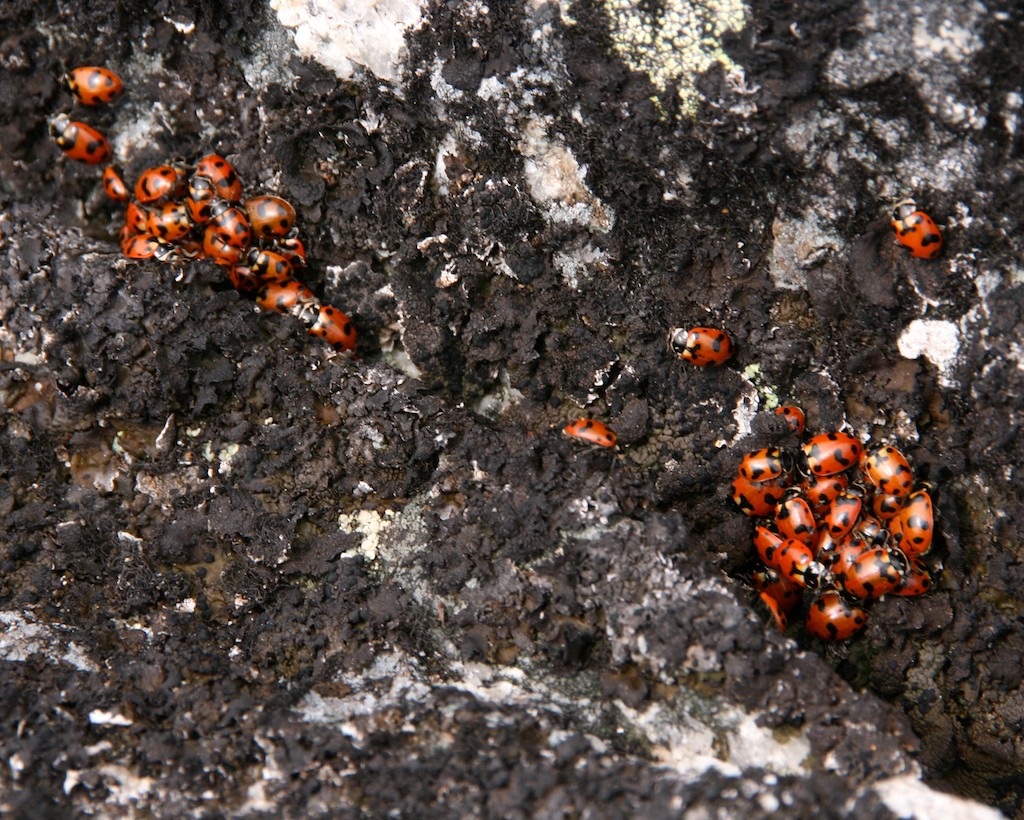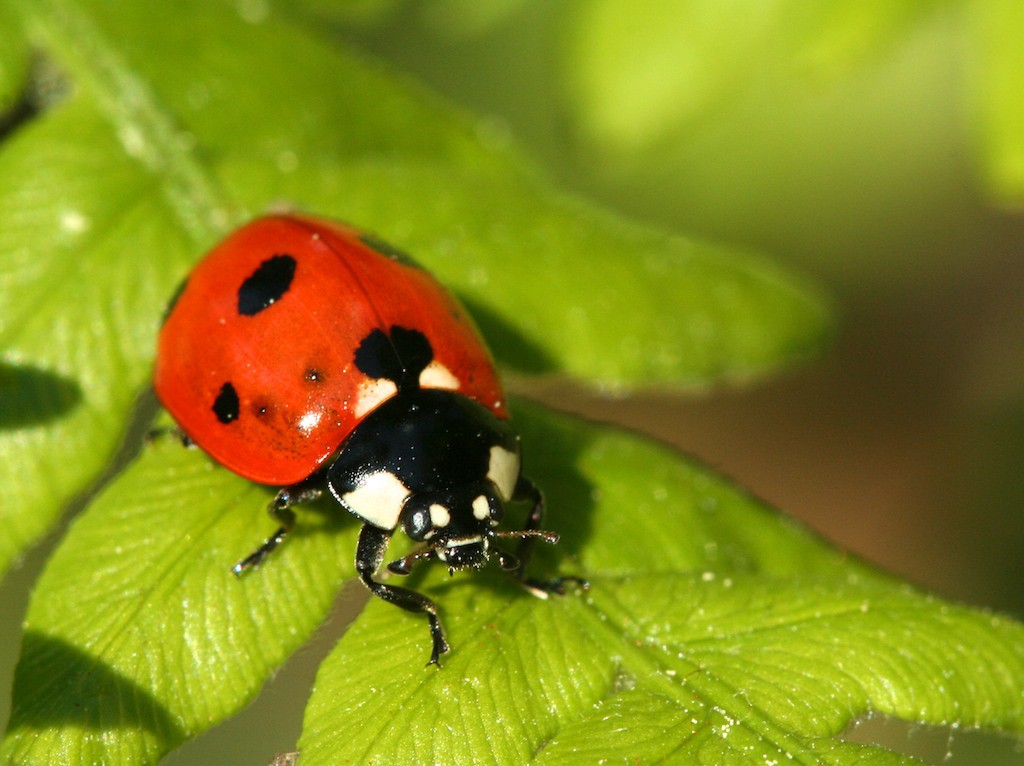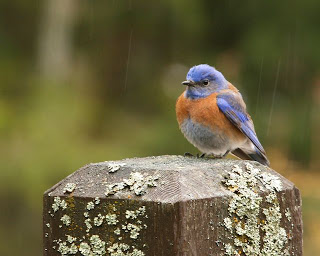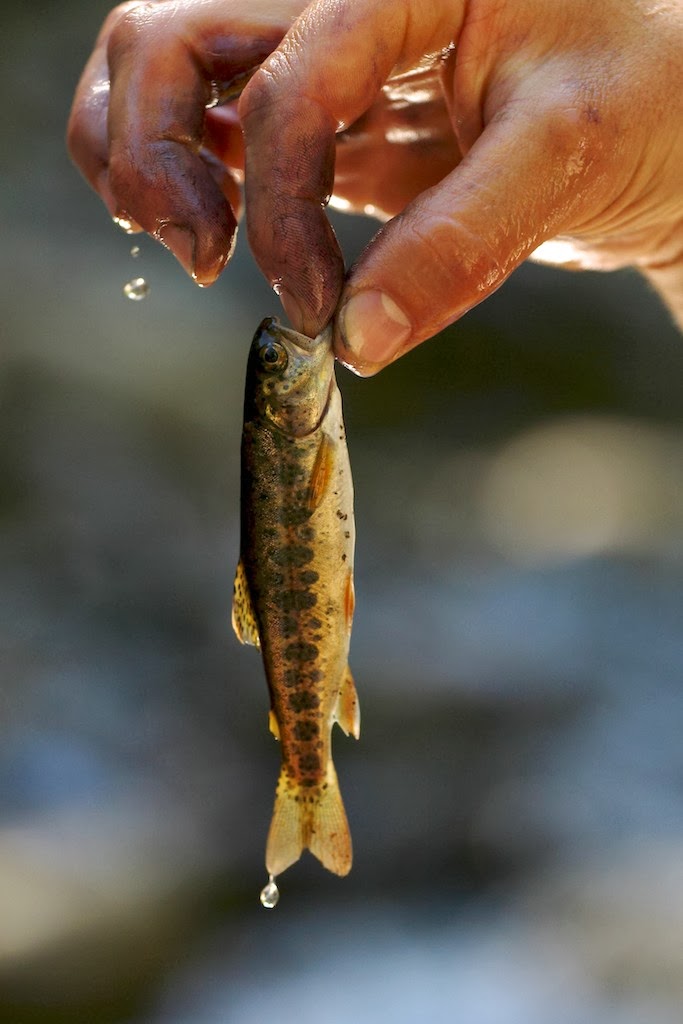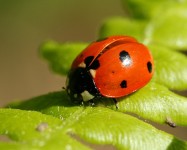Of all places, I did not expect to see dozens of ladybugs milling around on bare rocks amidst the snow on a ridge above Trout Lake in early June. What were ladybugs doing in this snowy landscape miles from the nearest spring greenery?
Where do ladybugs spend the winter?
It seems like an odd place for an insect to hibernate but ladybugs commonly overwinter in colonies high in the mountains, especially in rocky areas that become snow-free first. Not all ladybugs have the option to overwinter in the mountains, so they seek out warm, secluded places such as rotting logs, under leaf litter or inside houses.
Where do ladybugs live?
The extreme adaptability of ladybugs has allowed them to colonize grasslands, forests, cities, riparian zones and almost anywhere else there is food and tolerable winters. They are found worldwide except for Antarctica, Greenland, and the arctic portions of North America, Europe and Asia.
Why are they called ladybugs?
Ladybugs are also called ladybirds and lady beetles, even though there are both males and females. The story behind the ladybug’s name is that European farmers once prayed to the Virgin Mary when pests began eating their crops. After insects descended on their crops and ate the pests, the farmers called the helpful insects “beetle of Our Lady”. The name was later shortened to lady beetle and ladybug.
What do ladybugs eat?
Most of the 5,000 species of ladybugs eat insects and the remaining few eat plants. One of their favorite foods is aphids and that is the reason why gardeners and farmers like them. A single ladybug can eat nearly 5,000 aphids in its lifetime.
Do all ladybugs look the same?
Even though we think of ladybugs as red with black spots, they can also be yellow, orange or black with spots, stripes or no markings at all. The one most familiar to us is the seven-spotted ladybug, with its red-and-black shiny body and white patches on the sides of its black head. The seven spots are divided three on each side and one in the middle. As a ladybug ages, the spots fade.
How do ladybugs protect themselves?
One might think that the ladybug’s bright coloring would attract predators but the opposite is true–it warns them to stay away. Most predators only have to eat a ladybug once before they associate it with tasting bad. The unappealing taste comes from a foul-tasting fluid the ladybug secretes from its leg joints. Like monarch butterflies, the ladybug’s bright colors advertise its distastefulness to predators which include birds, frogs, wasps, spiders and dragonflies. Even though ladybugs can fly, they often play dead to escape predators.
Their wings are not visible but are protected under hardened wing covers (called elytra), which is the red-and-black-spotted part on a seven-spotted ladybug. The elytra and the rest of the ladybug’s exoskeleton are made of the same protein that forms our hair and fingernails.
Despite the ladybug’s small size, it can pack away enough fat reserves within its exoskeleton to survive nine months of hibernation–whether under leaf litter in the garden or on a mountain top.
Originally posted May 2012. Updated February 2024.

